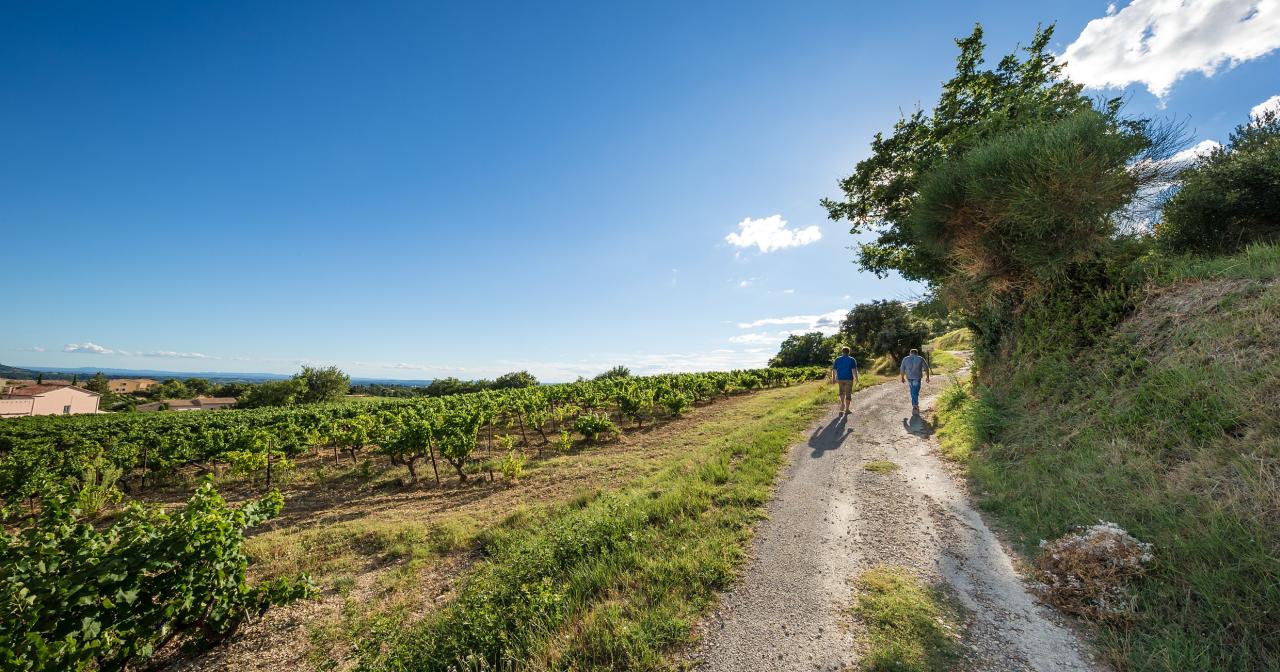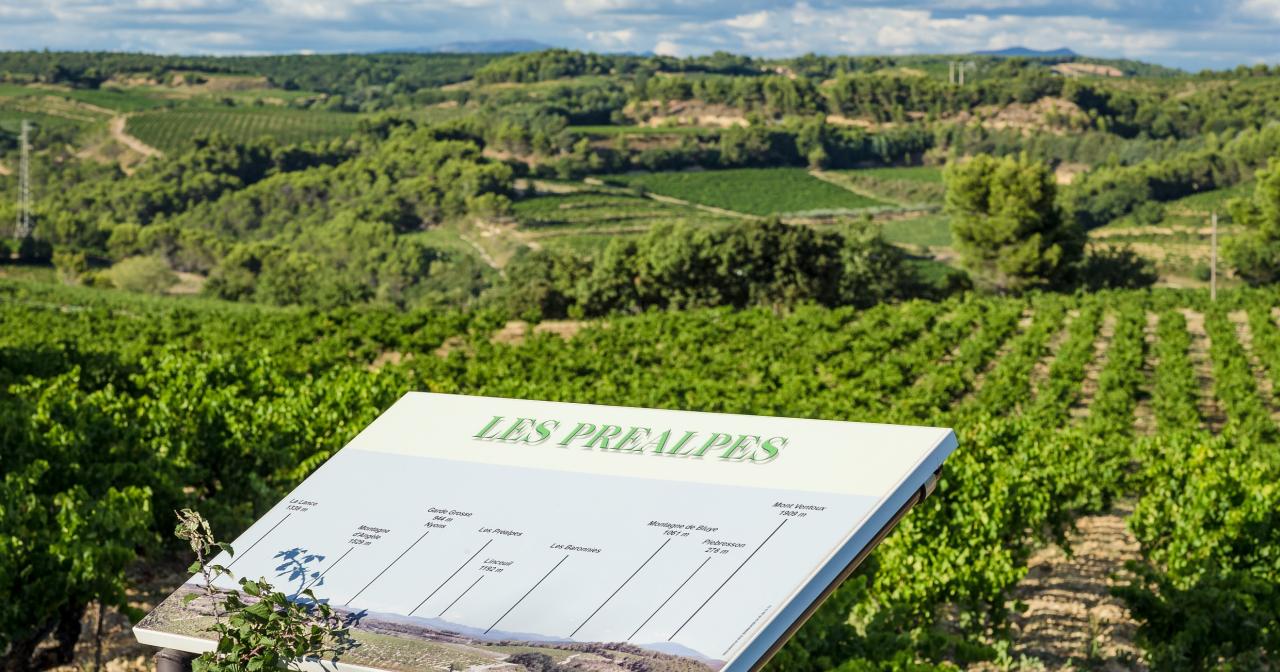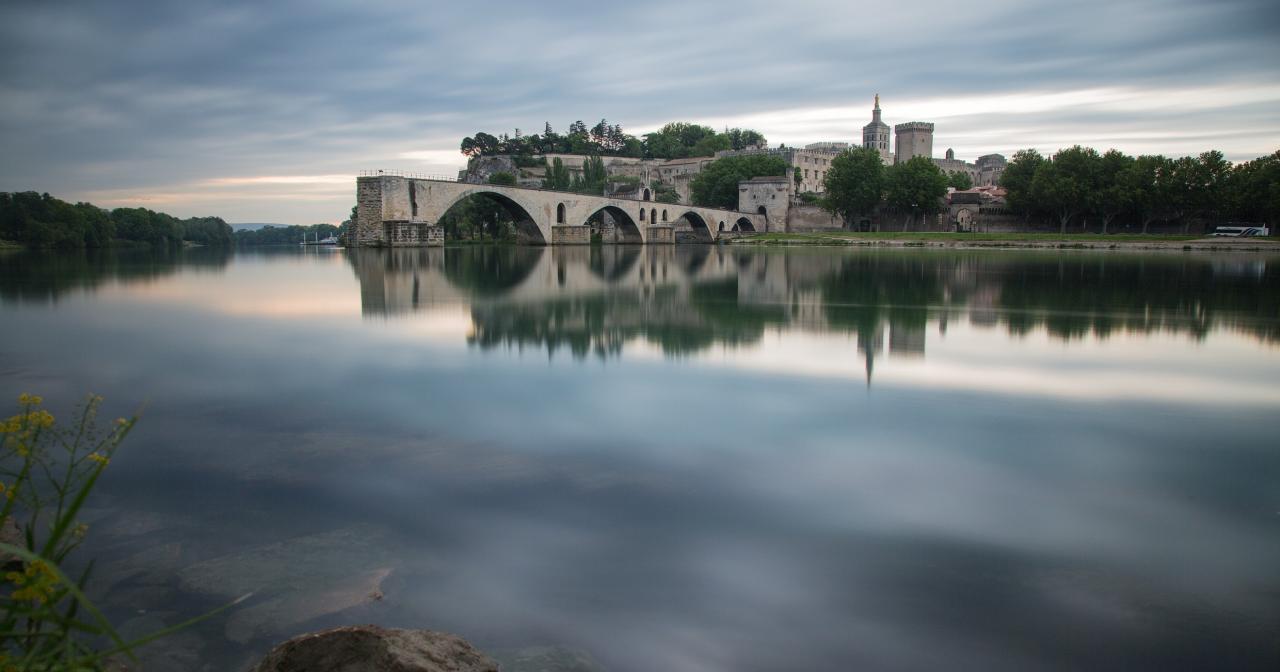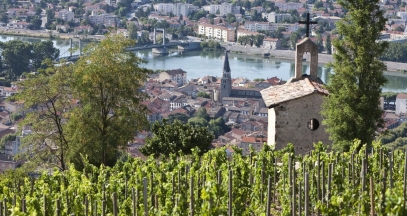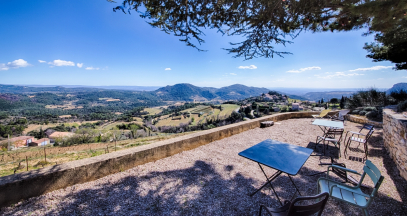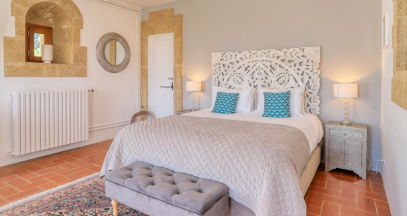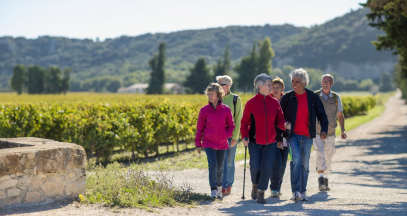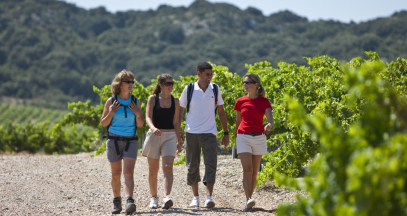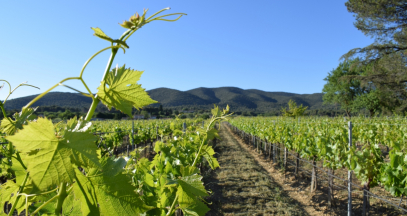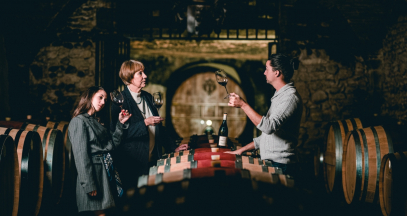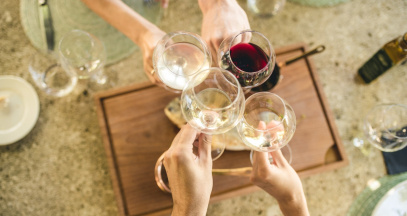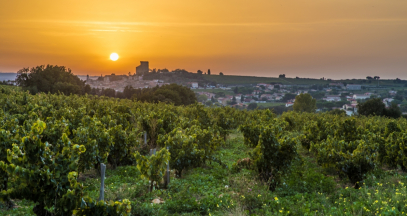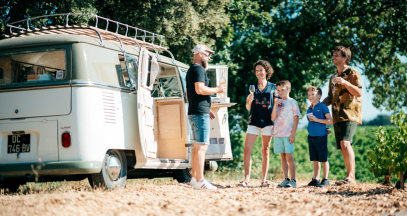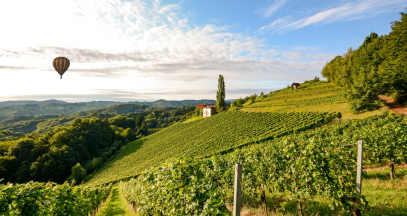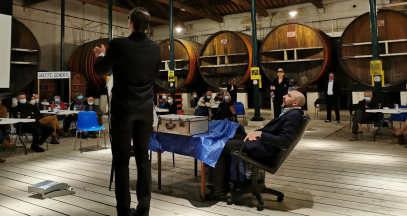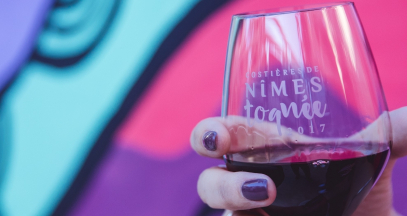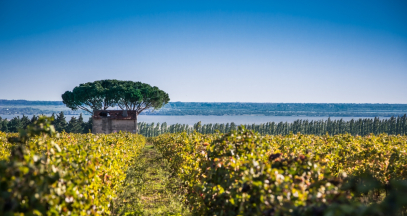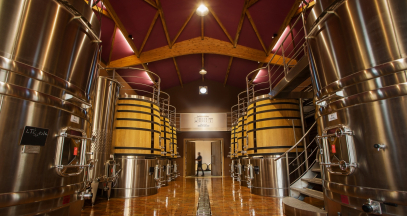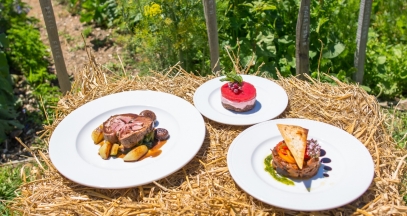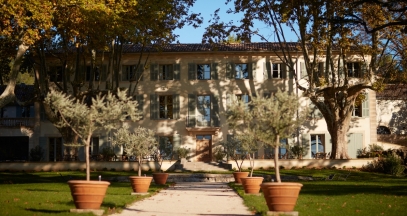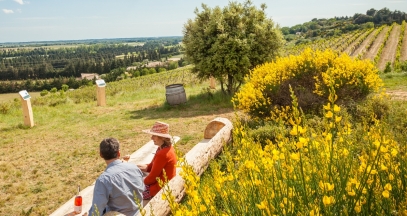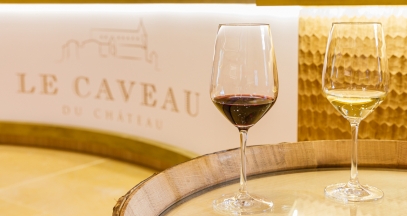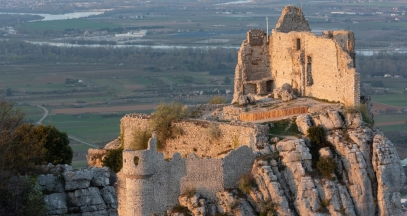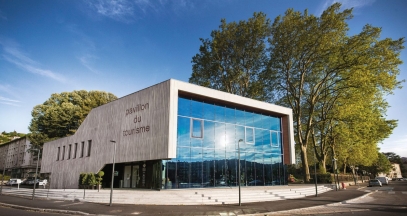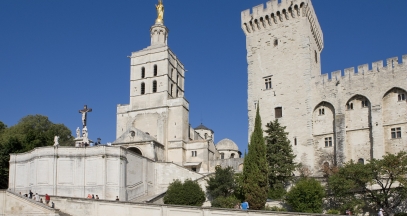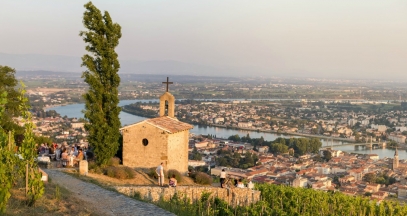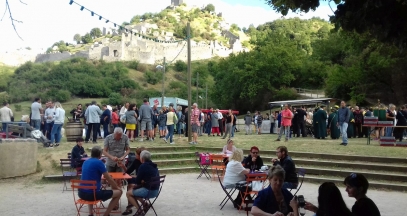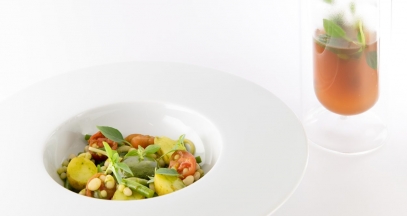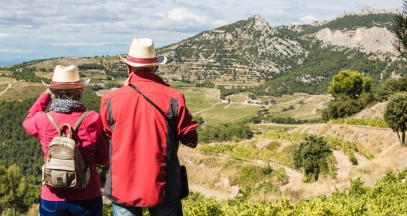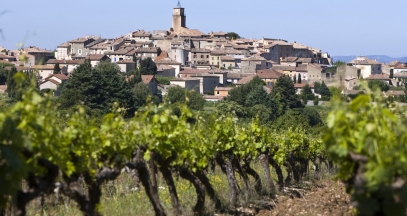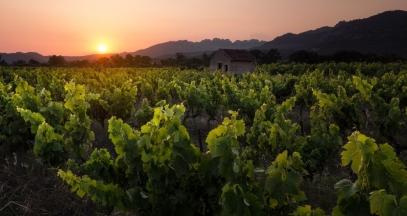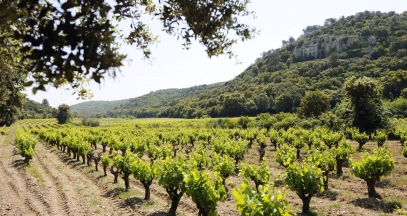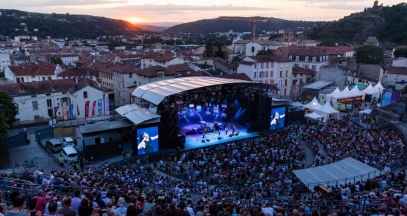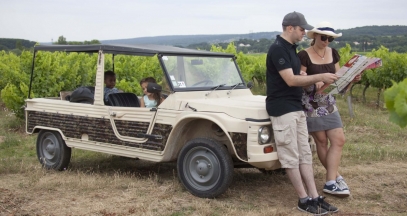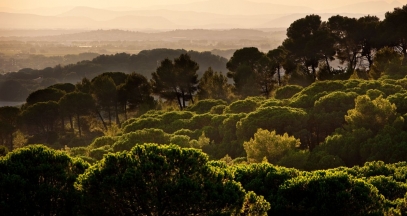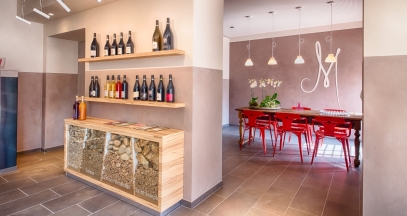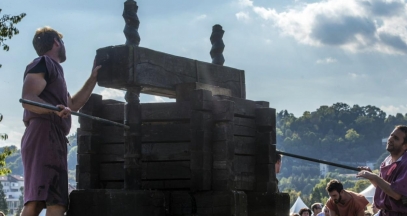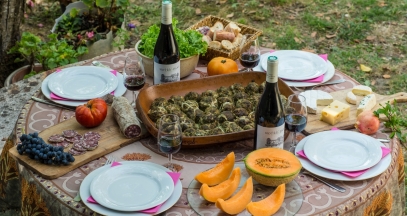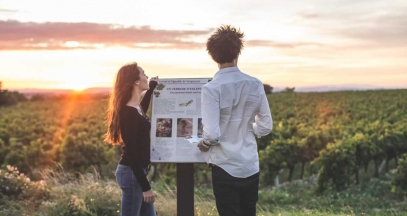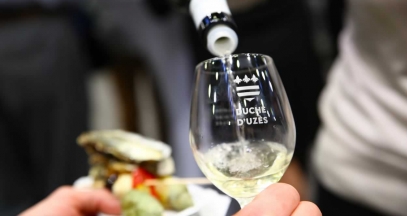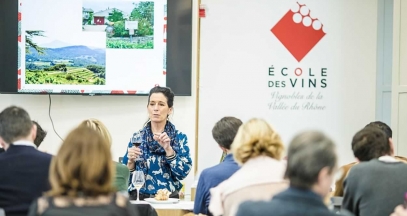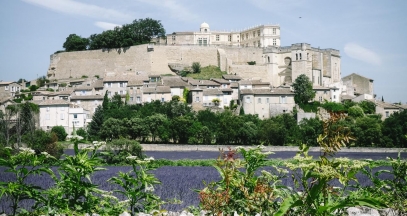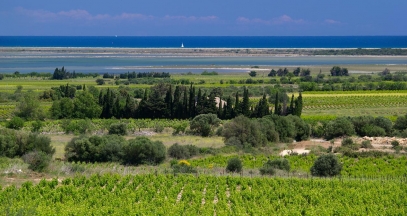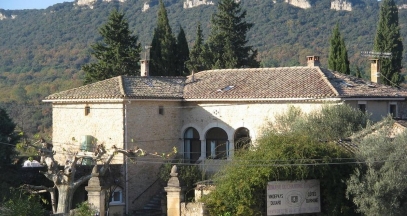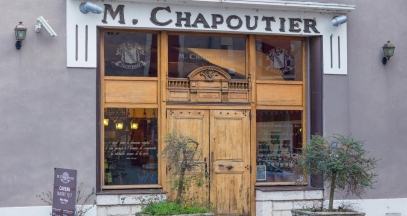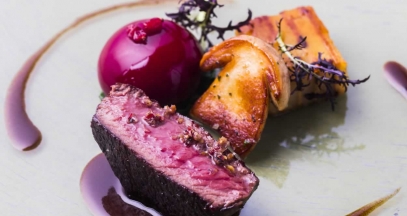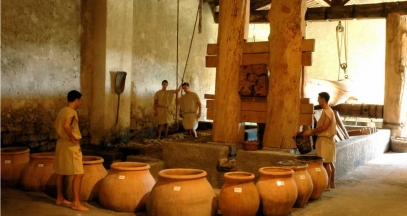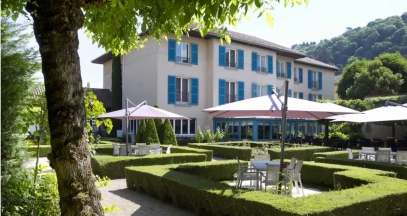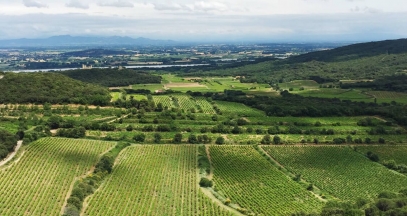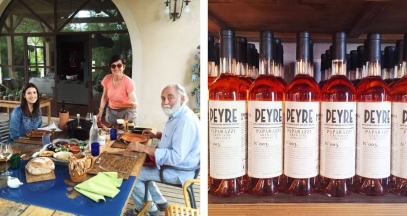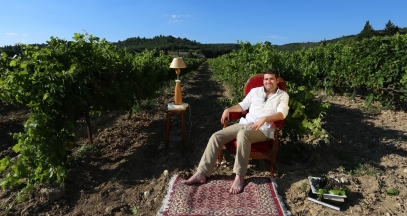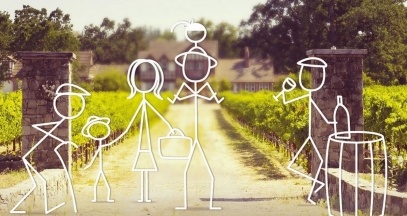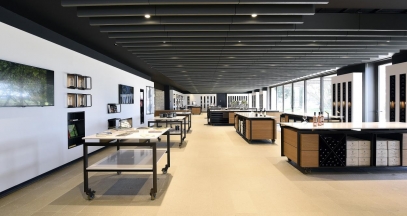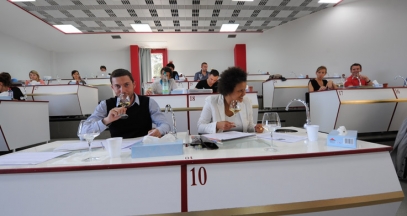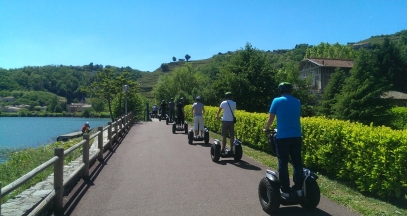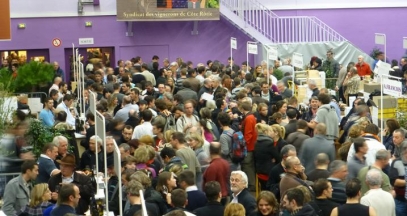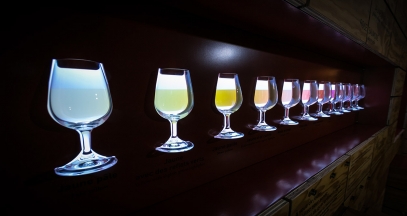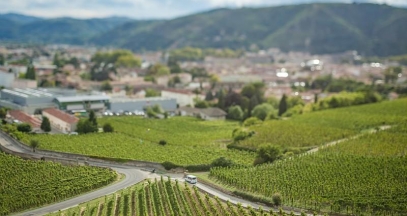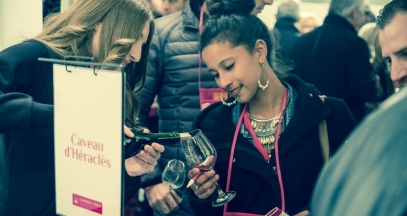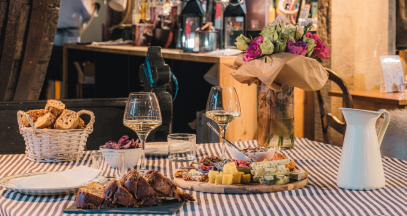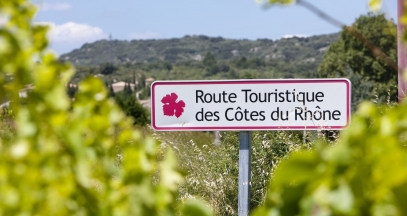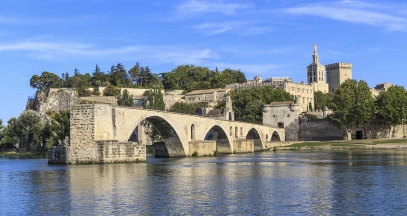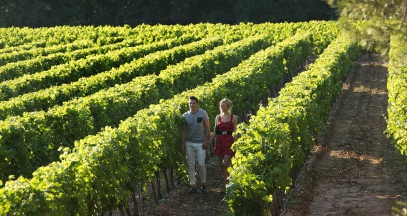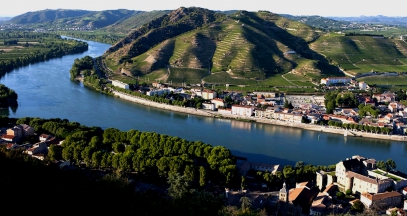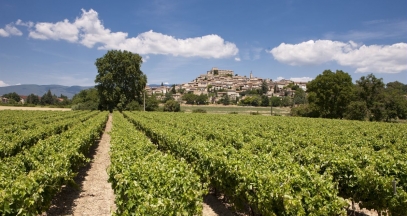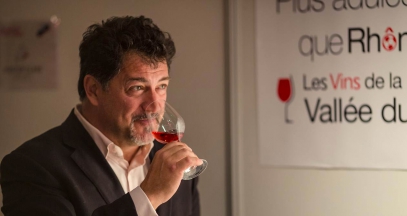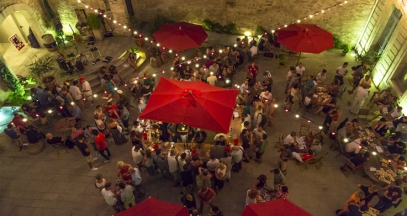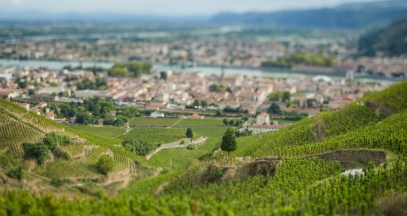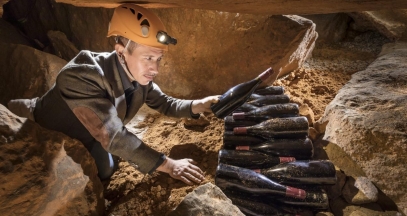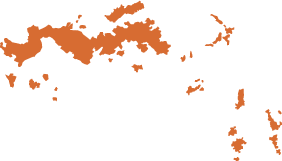Includes an overview of the Cotes du Rhone appellation and its designations
Earlier this year I was invited by Atout France to partake in what amounted to a wine-lovers dream trip — an exploration of the Rhone Valley from north to south. Today is the first half of what will be a two part series detailing our adventures! Check out Part Two focusing on the Southern Rhone here!
Before we get to the recap of our amazing trip, let’s look at a quick overview of the Cotes du Rhoneand all of the appellations within.
The most prestigious designation with the Cotes du Rhone are the 18 Crus which are broken out into 8 Northern Cru, 8 Southern Cru plus 2 Crus for fortified wine that are in the Southern Rhone. After this comes the Cotes du Rhone Villages appellation and then the basic Cotes du Rhone designation. Here’s how it all breaks out.
Northern Rhone:
- Farthest north is Cote Rotie, which is known for its extremely steep terraced vineyards. The region produces red wines made from Syrah that are allowed to also have up to 20% Viognier.
- Just to the south is Condrieu which exclusively produces Viognier. This area, like many in the Northern Rhone, is known for its steep terraced vineyards.
- Next is the tiny Chateau-Grillet which is entirely owned by a single winery, the aptly named Chateau Grillet. This appellation also only produces Viognier.
- Further south down the river you come to Saint-Joseph which produces reds and whites. Reds are made from Syrah (with up to 10% Roussanne or Marsanne) and the whites are made from Roussanne and Marsanne.
- The next two regions are Hermitage and Crozes-Hermitage. Both areas produce similar red (Syrah with up to 15% Roussanne or Marsanne) and white (Roussanne and Marsanne) wines. The primary difference between the two is that for the most part Hermitage sits at the top of the hills and consists of the sloped, terraced vineyards while Crozes-Hermitage makes up the surrounding area, much of it the valley floor which is relatively flat. Crozes-Hermitage is the largest of the Northern Rhone appellations.
- Further to the south comes Cornas, a relatively small but again very prestigious area that exclusively produces Syrah.
- Just to the south of Cornas, and the furthest south of all the Northern Rhone Crus, comes Saint-Peray. Saint-Peray produces exclusively white wines from Roussanne and/or Marsanne, both still and sparkling. (The sparkling Marsanne is truly a treat.)
Read the full story on my blog Reversewinesnob
All credits go to Jon Thorsen from Reversewinesnob
LEARN MORE
Read the full article on: https://www.reversewinesnob.com/


